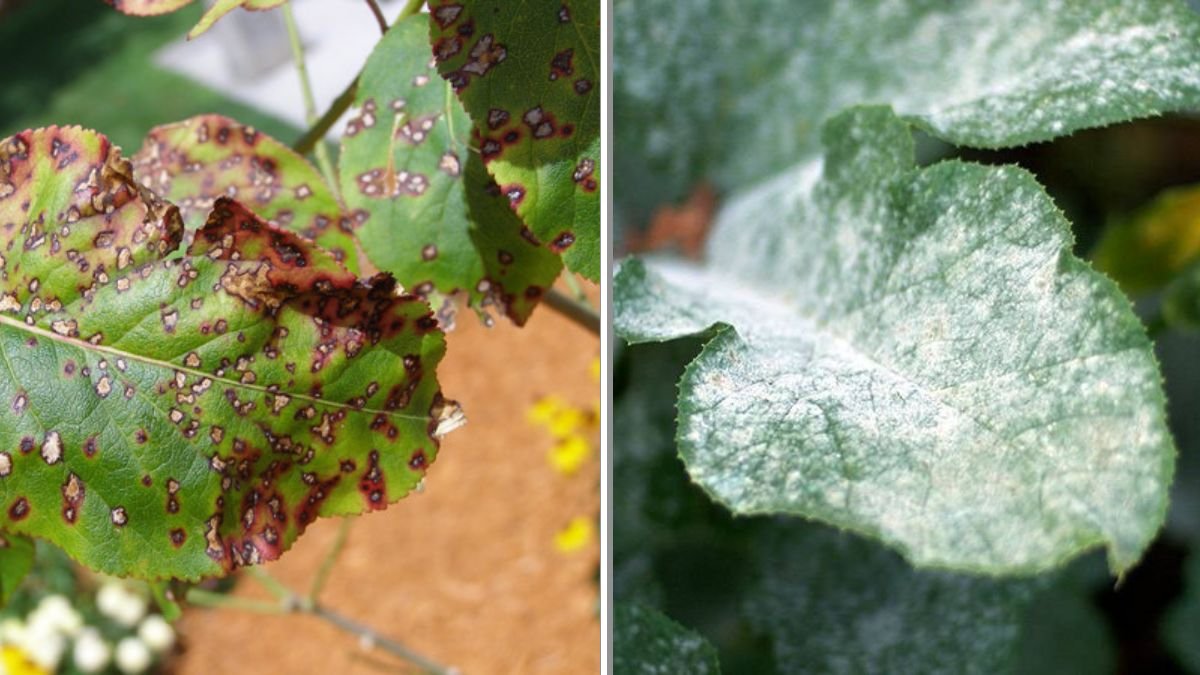Ornamental shrubs add beauty, structure, and year-round interest to landscapes. From flowering hydrangeas to evergreen boxwoods, shrubs provide color, privacy, and texture that elevate any garden. However, like all living plants, they can fall prey to diseases that weaken growth, ruin their appearance, and even kill them if left unchecked.
The good news? Most shrub diseases can be controlled—or avoided—if you catch them early. The key is learning how to spot the signs of disease in ornamental shrubs before problems spiral out of control. In this guide, we’ll cover the most common warning signs, examples of typical diseases, and what you can do to keep your shrubs healthy and thriving.
Why Early Detection Matters
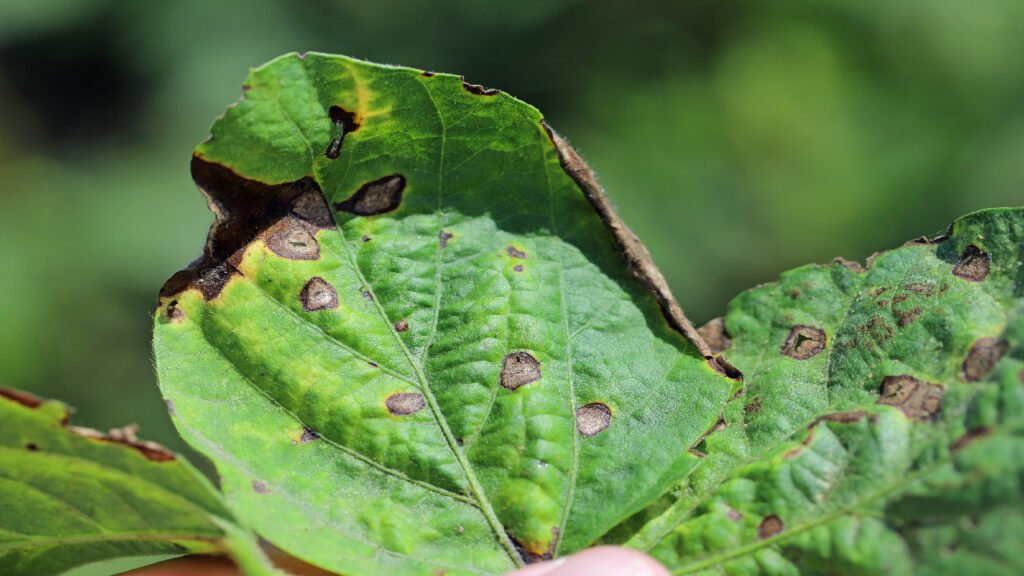
A healthy shrub is resilient and better able to withstand pests, weather stress, and occasional fungal infections. But once disease sets in, it can spread quickly to other plants nearby. Early identification allows you to:
- Prevent further spread of the disease
- Avoid unnecessary chemical treatments
- Save time and money on replacing dead plants
- Maintain your yard’s beauty and curb appeal
1. Discoloration of Leaves
One of the first and easiest signs to notice is abnormal leaf color. This might show up as:
- Yellowing leaves (chlorosis): Could indicate root rot, nutrient deficiencies, or fungal infections like verticillium wilt.
- Brown spots or patches: Often caused by leaf spot fungi, anthracnose, or bacterial blight.
- Reddish or purple hues (when unexpected): Sometimes a response to stress or viral infections.
Example: Hydrangeas with yellowed, mottled leaves may be suffering from fungal leaf spot, especially if the problem worsens after extended wet weather.
Tip: Discoloration can also be due to environmental stress—like overwatering, poor soil drainage, or compacted soil—so rule out cultural issues before assuming disease.
2. Wilting or Drooping
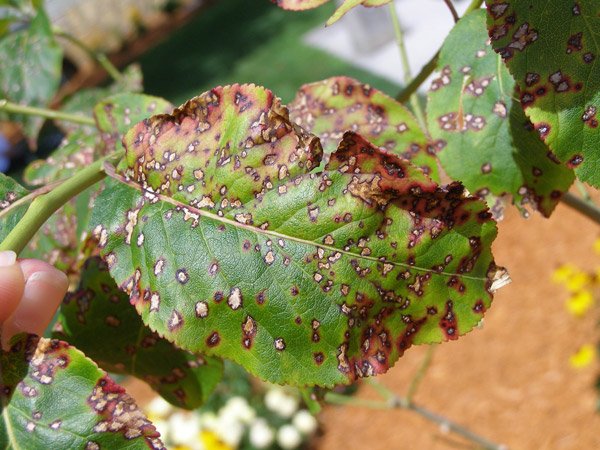
A sudden or persistent wilting of leaves and stems signals something deeper than a lack of water.
- Even with adequate watering: Could be root rot, vascular wilt diseases, or nematode infestations.
- Localized wilting (on one branch): May indicate canker disease or fungal infections cutting off circulation.
Example: Azaleas are especially prone to phytophthora root rot, which causes sudden wilting despite moist soil.
Tip: Check soil moisture and root health. Healthy roots should be firm and white, not mushy and dark.
3. Unusual Leaf Growth or Distortion
Diseased shrubs often show abnormal growth patterns, such as:
- Curled, twisted, or cupped leaves
- Witches’ brooms (dense clusters of small shoots)
- Blistered or puckered surfaces
Example: Boxwood blight can cause distorted, blighted leaves, while powdery mildew on lilacs often results in twisted and stunted foliage.
Tip: Some pests, like aphids, also cause curling. Inspect closely to confirm whether insects are present before assuming it’s a fungal or viral disease.
4. Powdery, Moldy, or Fuzzy Coatings
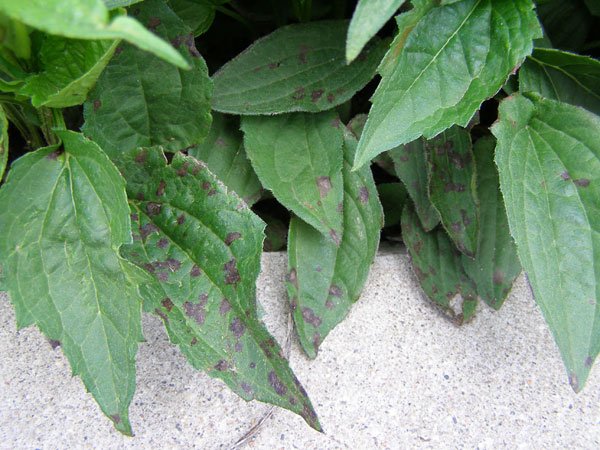
If you notice leaves or stems covered in a strange white, gray, or black film, disease is a likely culprit.
- Powdery mildew: Appears as a dusty white coating, common on lilacs, dogwoods, and viburnum.
- Black sooty mold: Usually grows on sticky honeydew left behind by insects such as scale or aphids.
- Gray mold (Botrytis): Thrives in damp conditions, leaving fuzzy patches on flowers and leaves.
Example: Powdery mildew on roses creates a ghostly white coating that spreads rapidly in humid conditions.
Tip: Improve air circulation around plants by pruning and avoid overhead watering to reduce fungal growth.
5. Cankers and Stem Lesions
Inspect the stems and branches of your shrubs regularly. Sunken, discolored, or cracked lesions—known as cankers—are red flags.
- Stem cankers: Often fungal, these disrupt nutrient flow and can kill entire branches.
- Oozing lesions: May indicate bacterial infections like fire blight.
Example: Dogwoods often develop anthracnose cankers that girdle stems and cause dieback.
Tip: Prune out diseased stems with clean, sterilized tools and dispose of them properly (never compost infected material).
6. Premature Leaf Drop
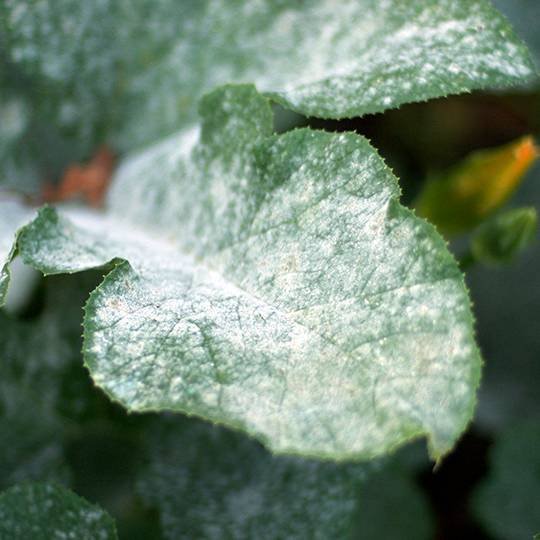
If your shrub is losing leaves earlier than expected, it could be stressed by disease.
- Fungal leaf spots: Cause defoliation when severe.
- Root problems: Limit the plant’s ability to support foliage, triggering early leaf fall.
Example: A viburnum dropping leaves in midsummer often indicates downy mildew or powdery mildew issues.
Tip: Stress from drought or poor nutrition can also cause leaf drop, so check environmental factors first.
7. Dieback of Branches
If you see entire branches dying back from the tips inward, disease may be the culprit.
- Causes: Root rot, vascular diseases, or cankers cutting off circulation.
- Progression: Starts small but can kill entire shrubs if ignored.
Example: Boxwoods often suffer from dieback caused by Volutella blight, where leaves turn tan and twigs die off.
Tip: Remove dead branches promptly and improve growing conditions to help the shrub recover.
8. Visible Fungal Fruiting Bodies
Sometimes, the disease is visible in the form of tiny mushroom-like growths, black dots, or spore masses on leaves, stems, or bark.
- Rust diseases: Show up as orange or rust-colored pustules on the undersides of leaves.
- Leaf spots: May have black “pepper-like” fungal fruiting bodies in the center.
Example: Hollyhock rust produces raised orange spots that spread quickly across leaves.
Tip: If you spot these, act quickly—fungal spores spread fast and can infect neighboring plants.
General Steps for Managing Shrub Diseases
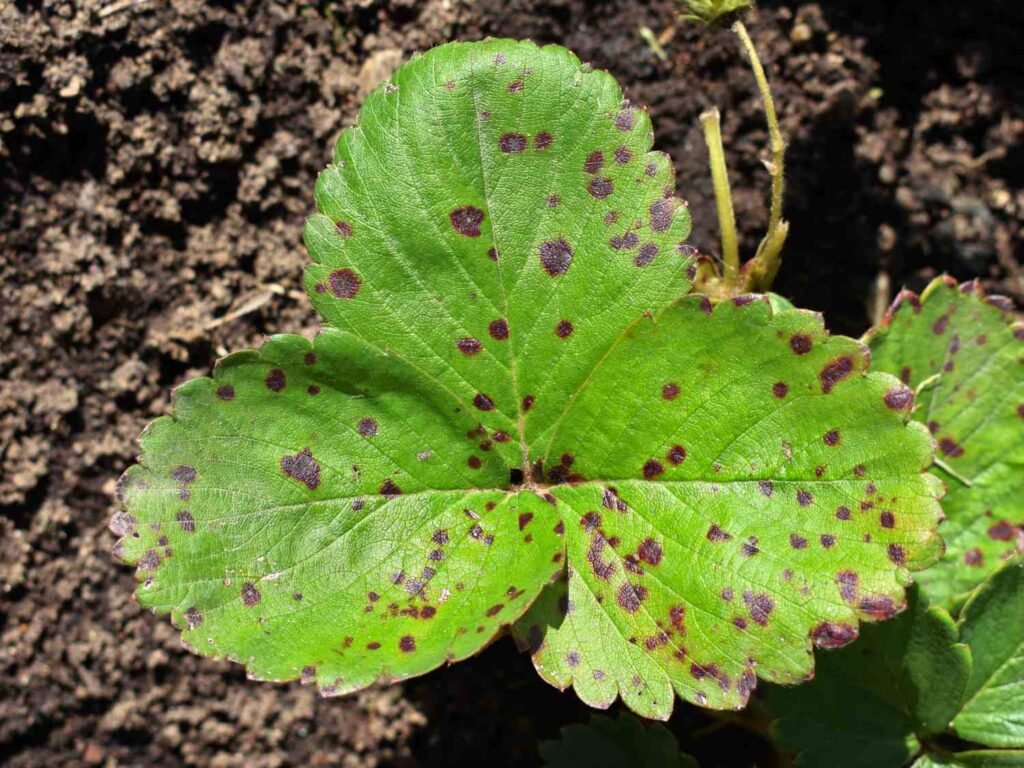
- Correct Identification: Know whether it’s fungal, bacterial, viral, or environmental before treating.
- Sanitation: Remove and discard infected leaves and branches.
- Improve Airflow: Prune dense growth and avoid crowding plants.
- Water Smartly: Water at the base, not overhead, and in the morning to reduce moisture on leaves.
- Boost Plant Health: Fertilize appropriately, mulch to retain moisture, and avoid overwatering.
- Use Fungicides or Treatments Carefully: Apply only if recommended for the specific disease.
- Resistant Varieties: When replacing shrubs, choose disease-resistant cultivars for long-term success.
Final Thoughts
Ornamental shrubs bring beauty and structure to gardens, but they’re not immune to disease. By learning to spot early warning signs—like leaf discoloration, unusual coatings, wilting, or dieback—you can take quick action and protect both your shrubs and the surrounding landscape.
Regular monitoring, good cultural practices, and timely intervention are your best defenses. With a little vigilance, your ornamental shrubs can remain healthy, vibrant, and beautiful year after year.
